
Glacier and Inuit Village - GRL225
Best of Greenland in 2 days!
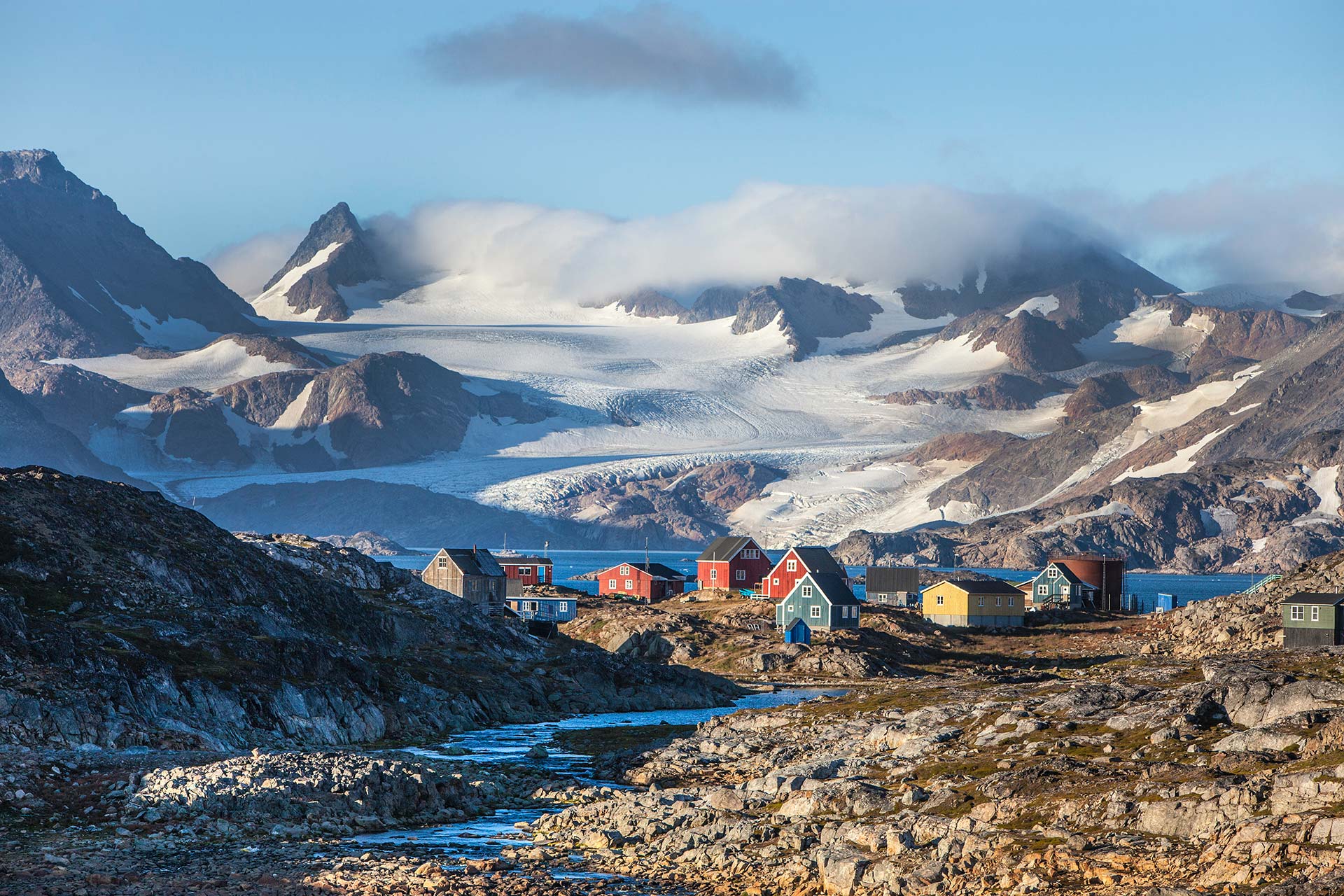

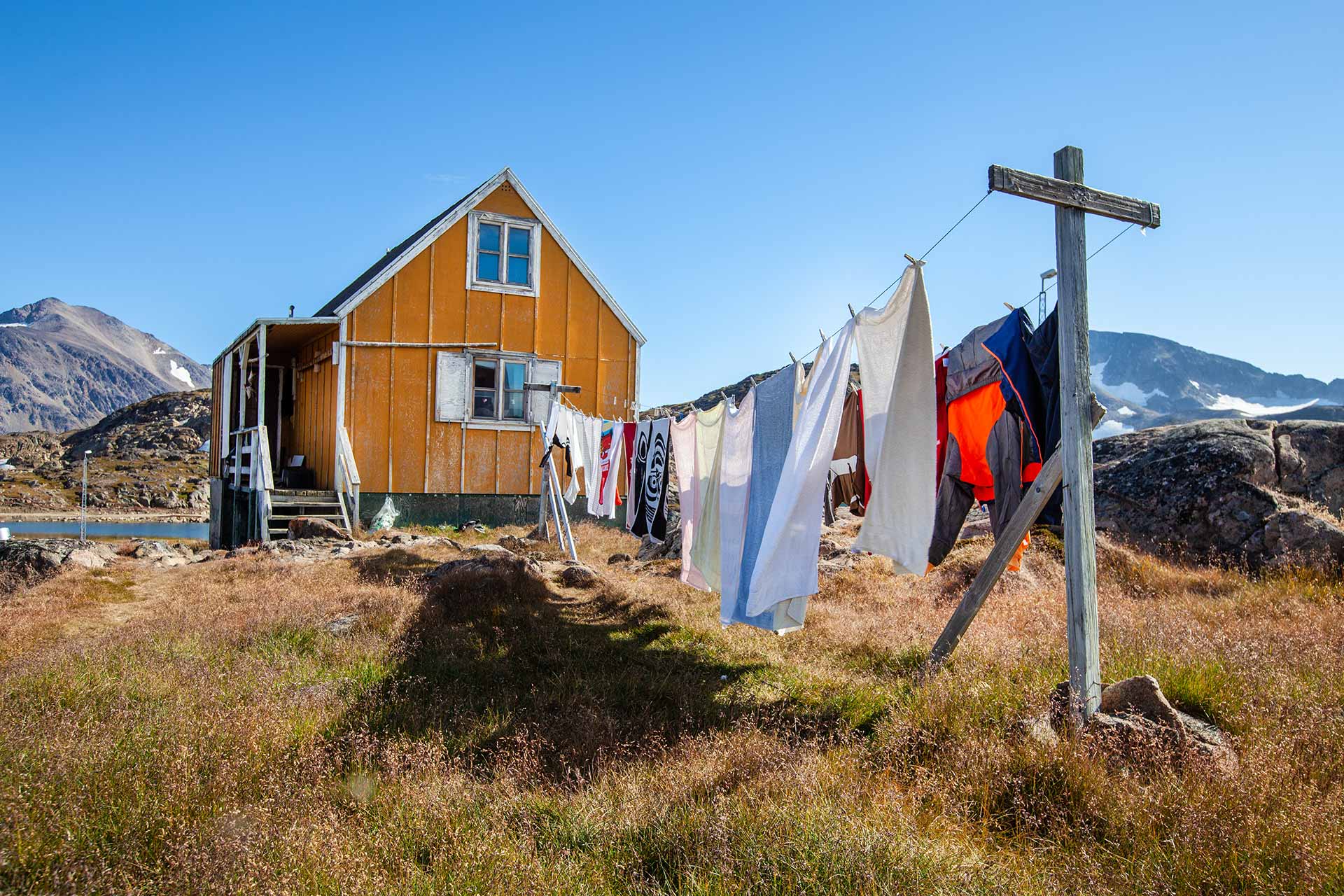
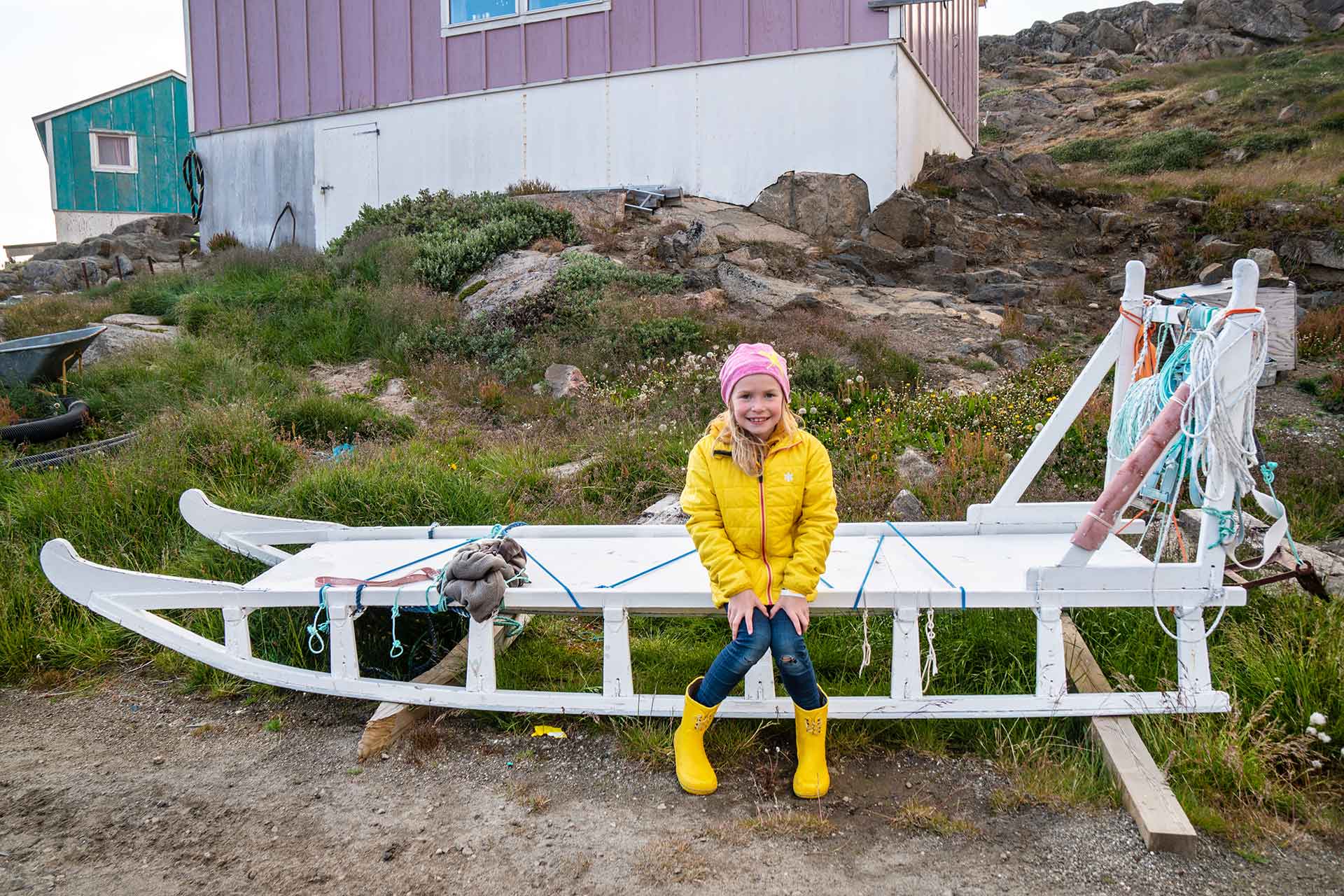
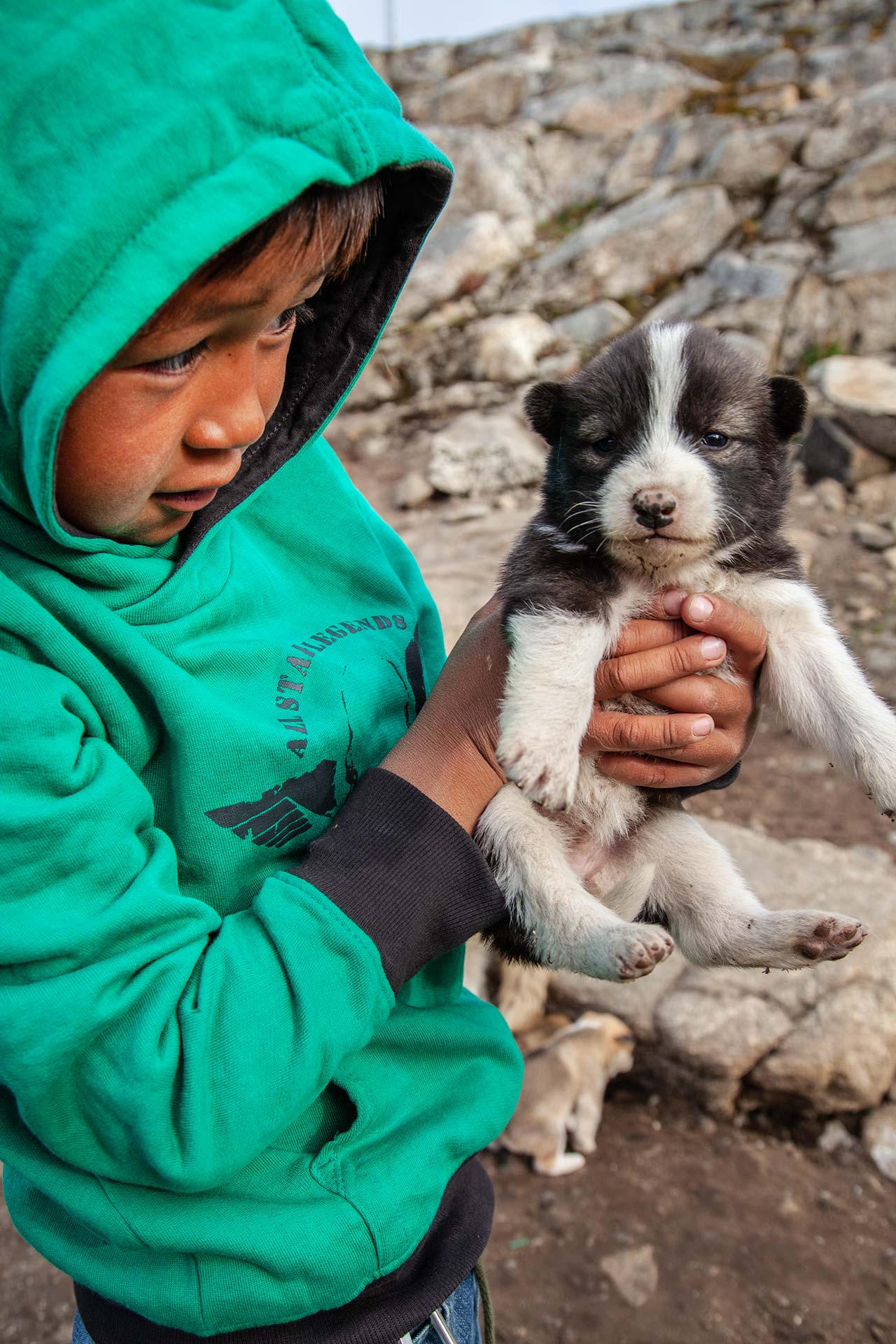
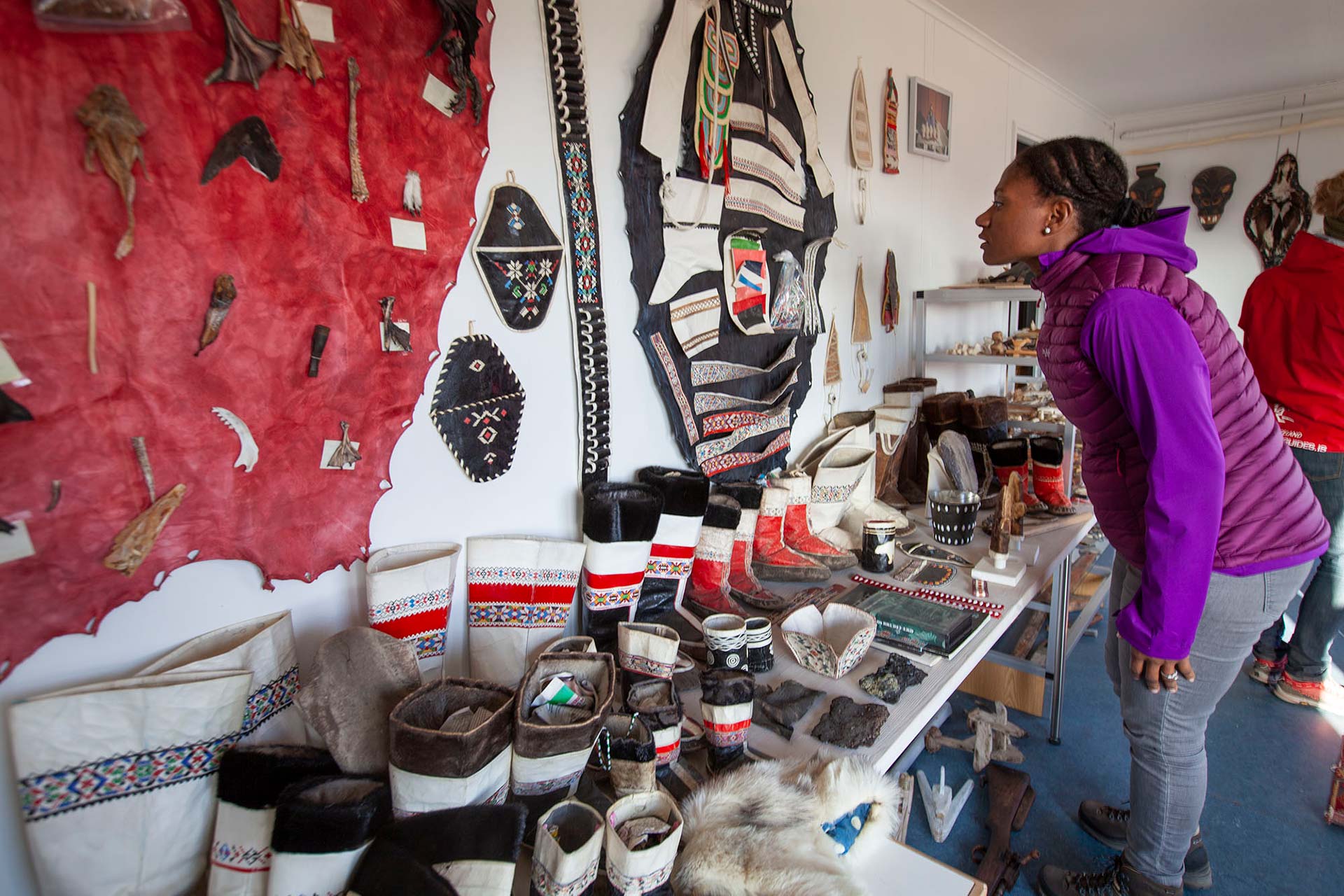
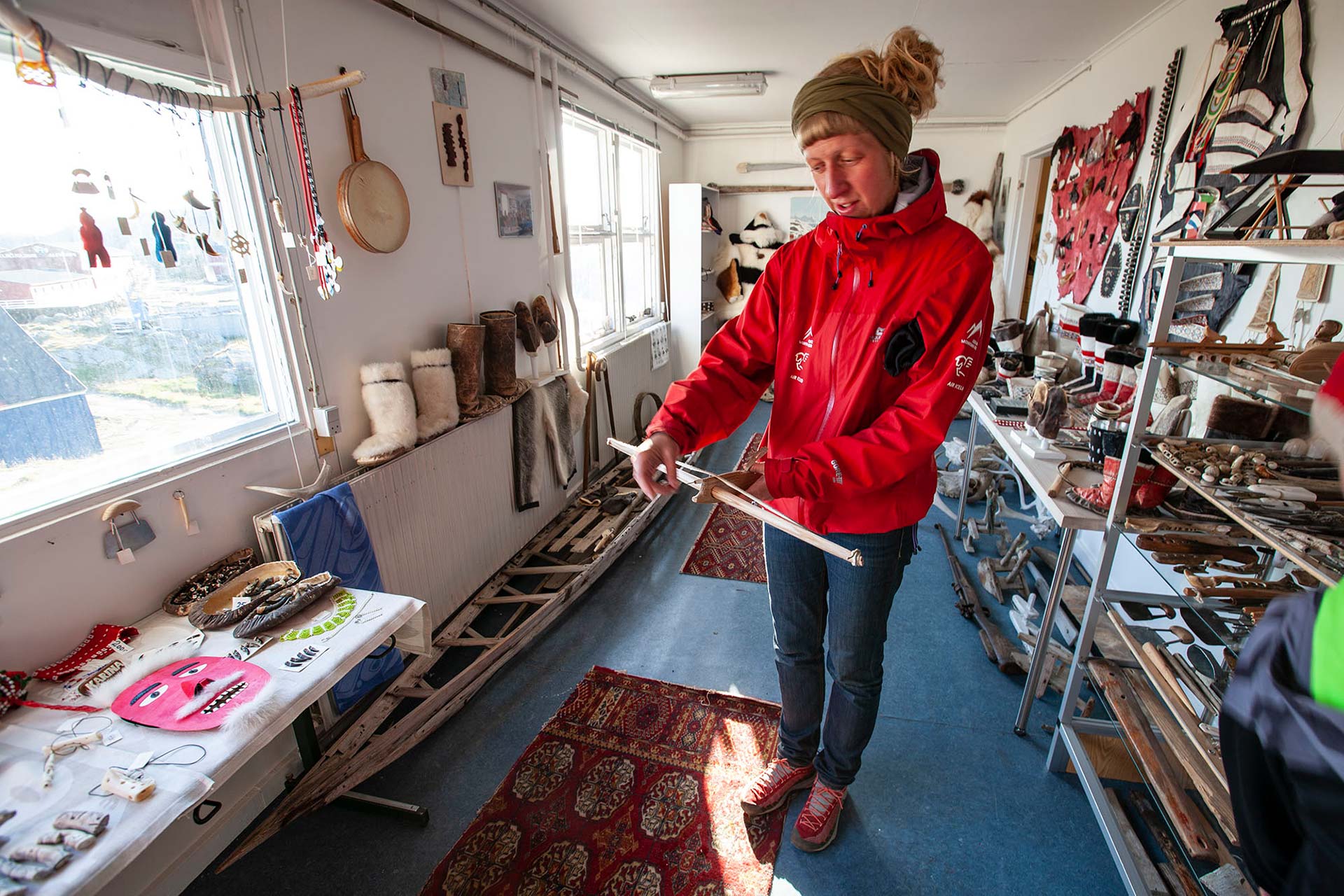
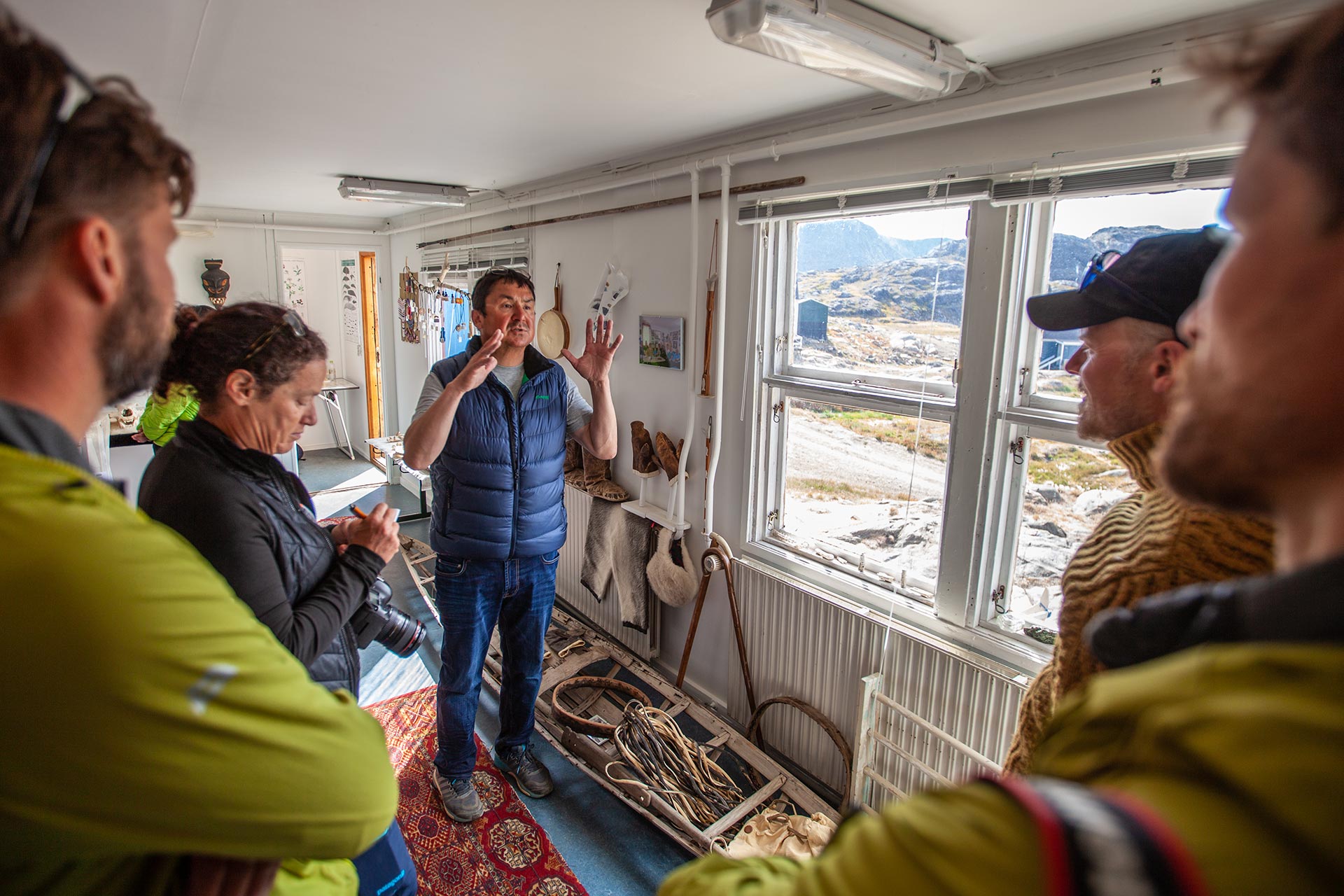
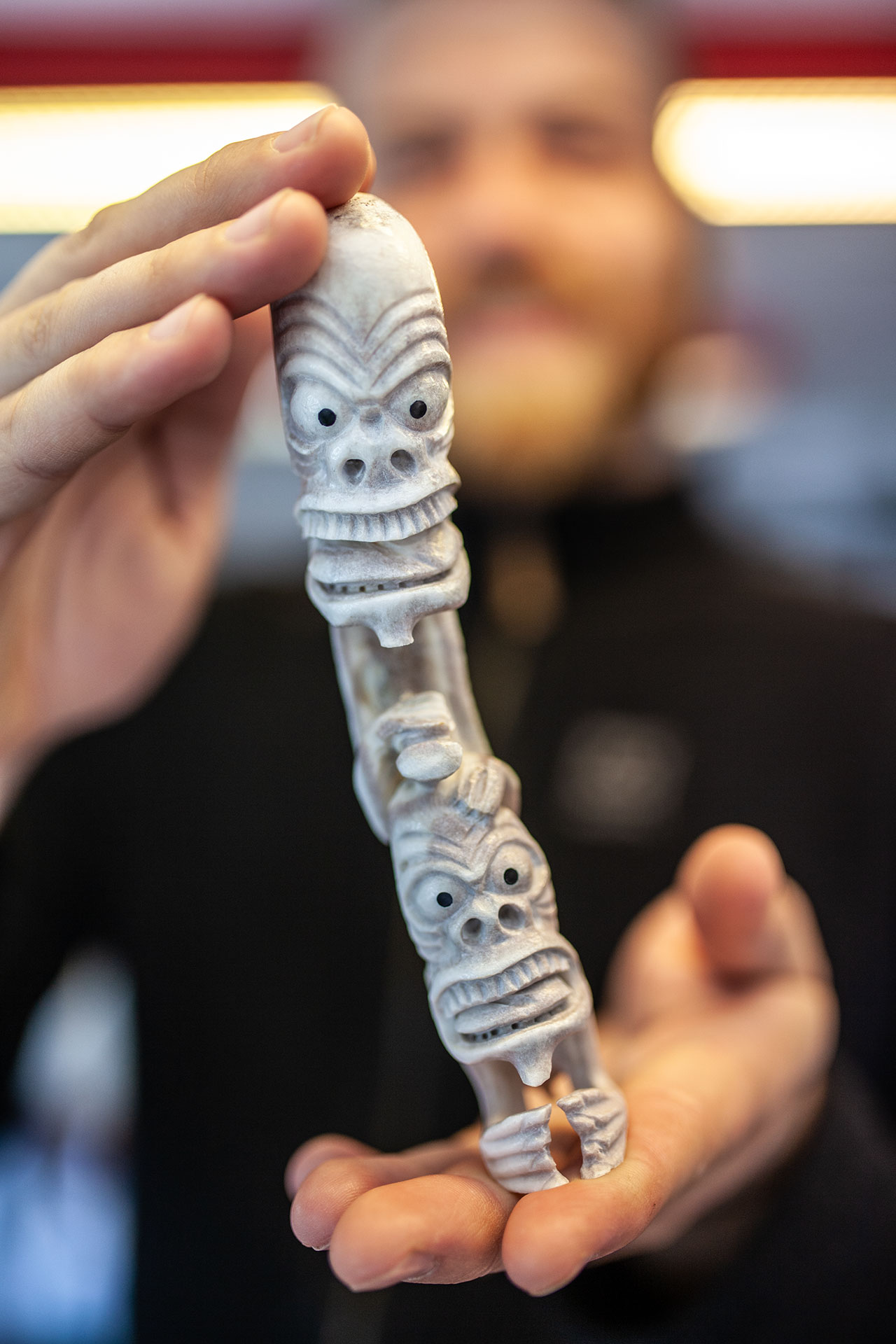
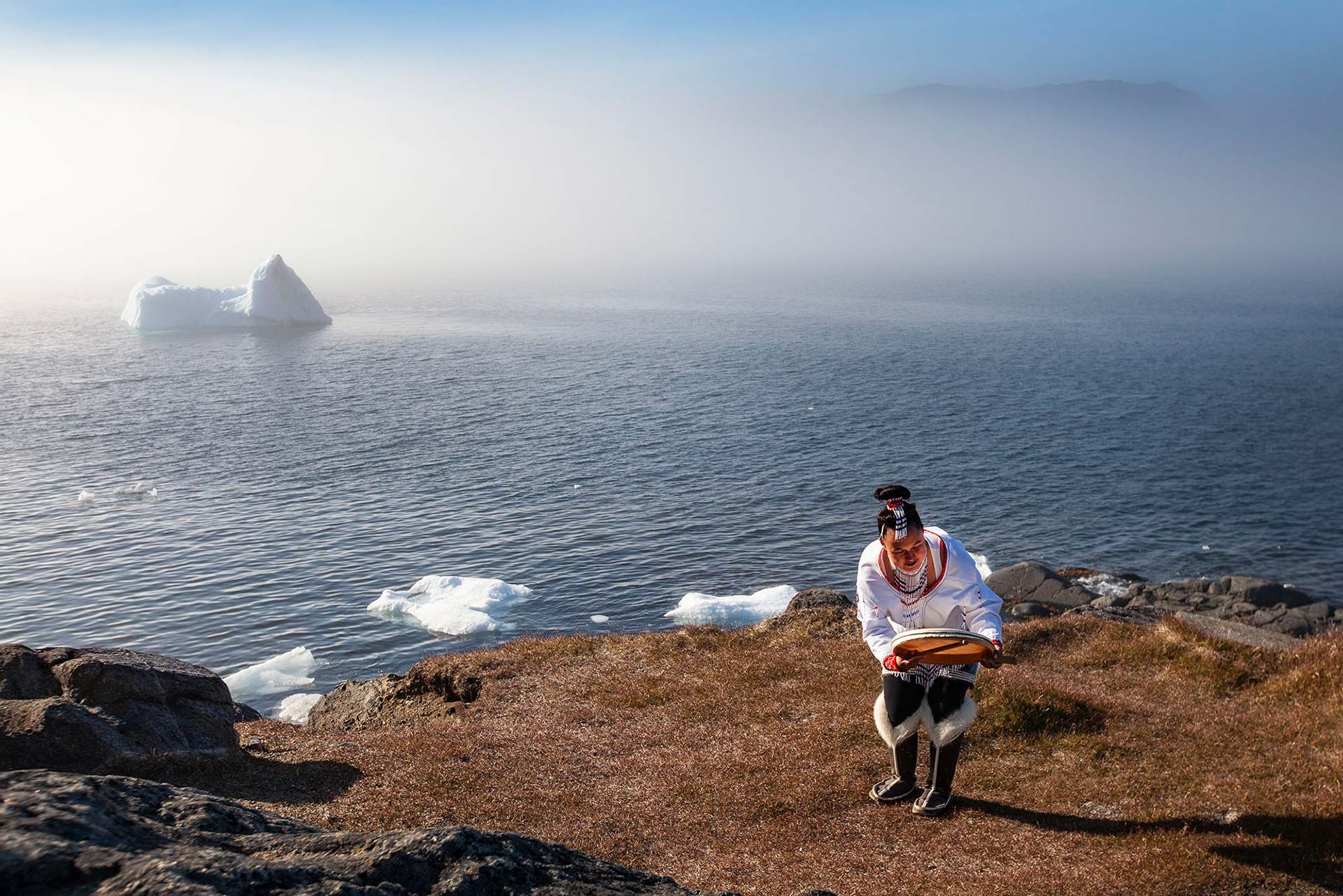
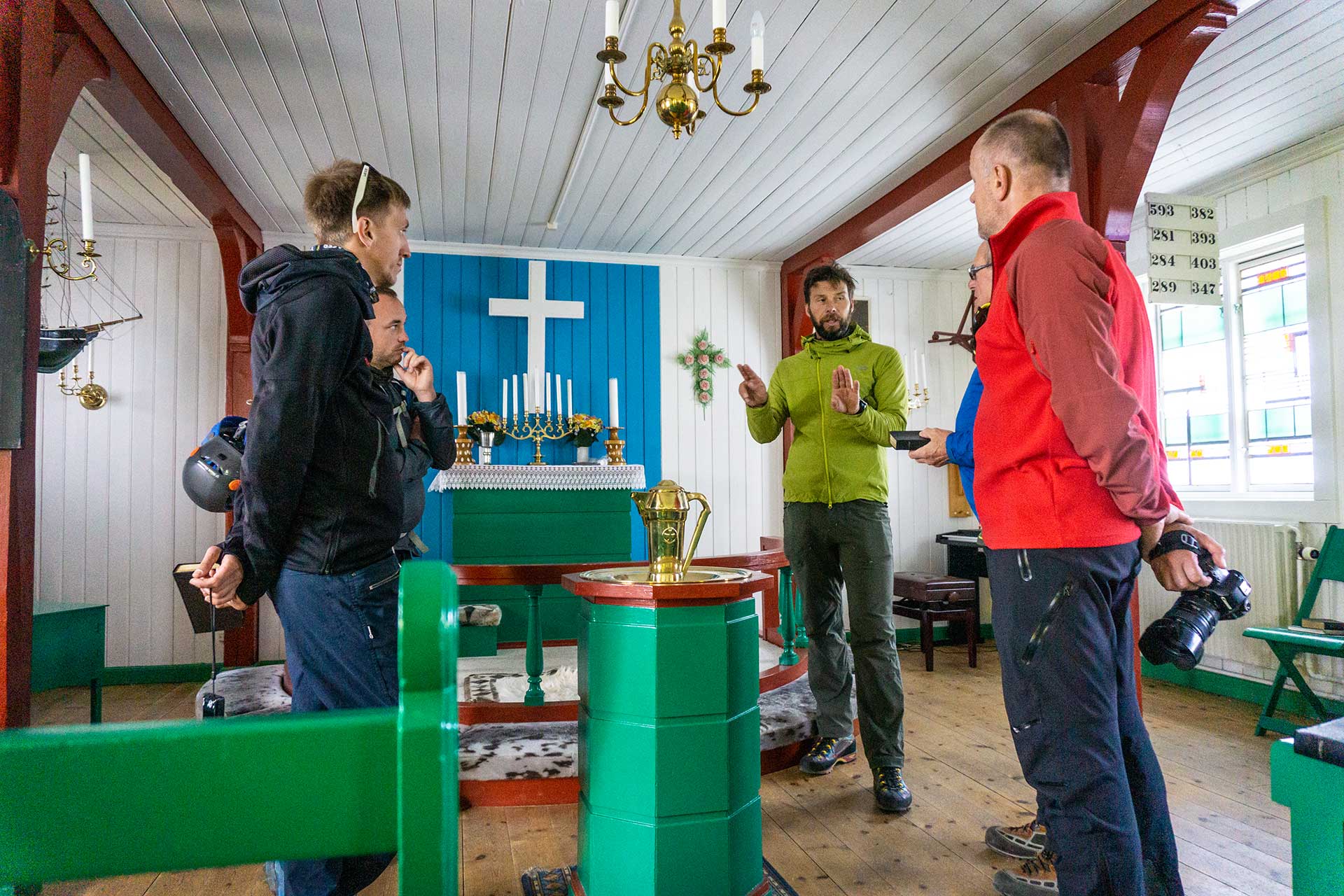
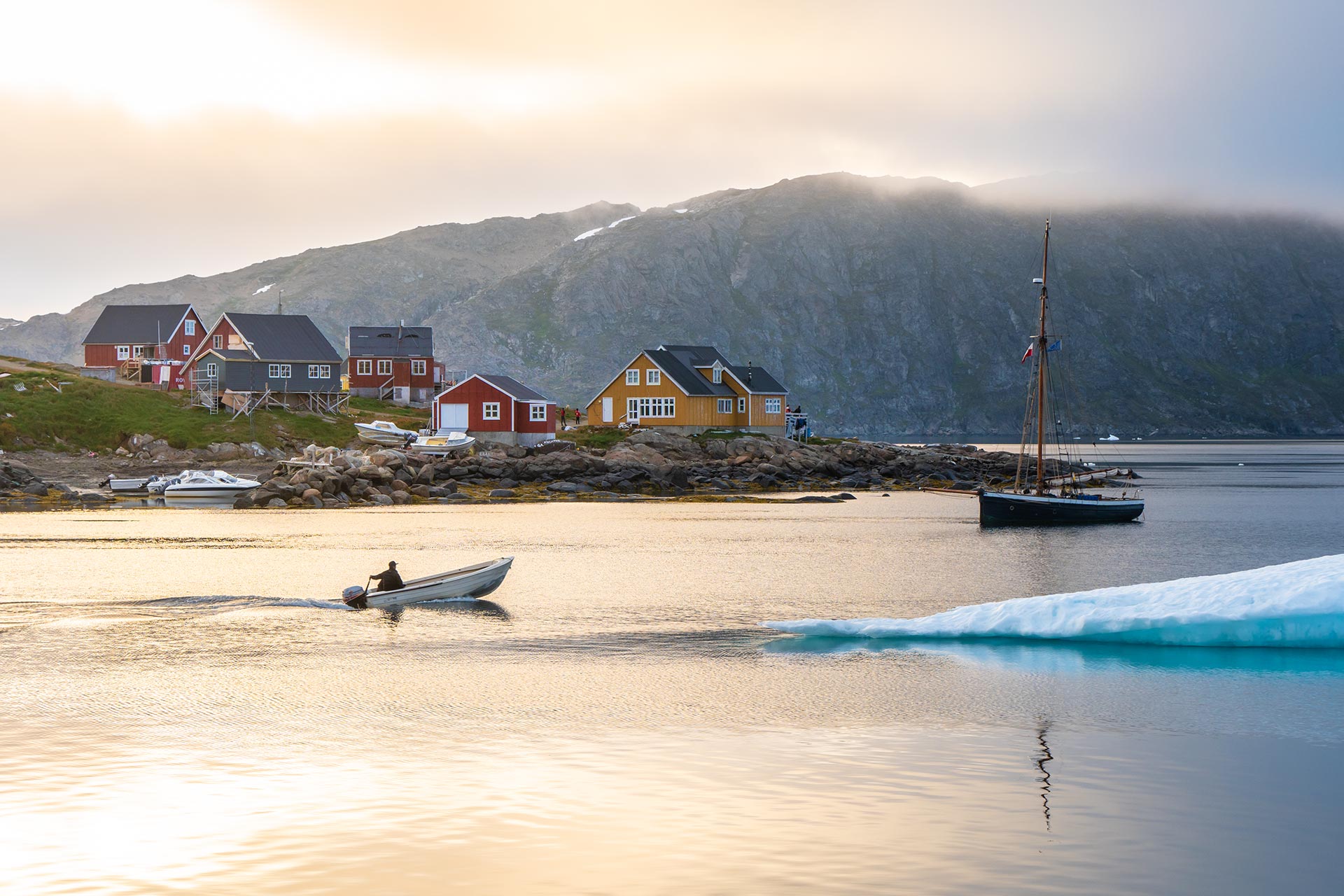
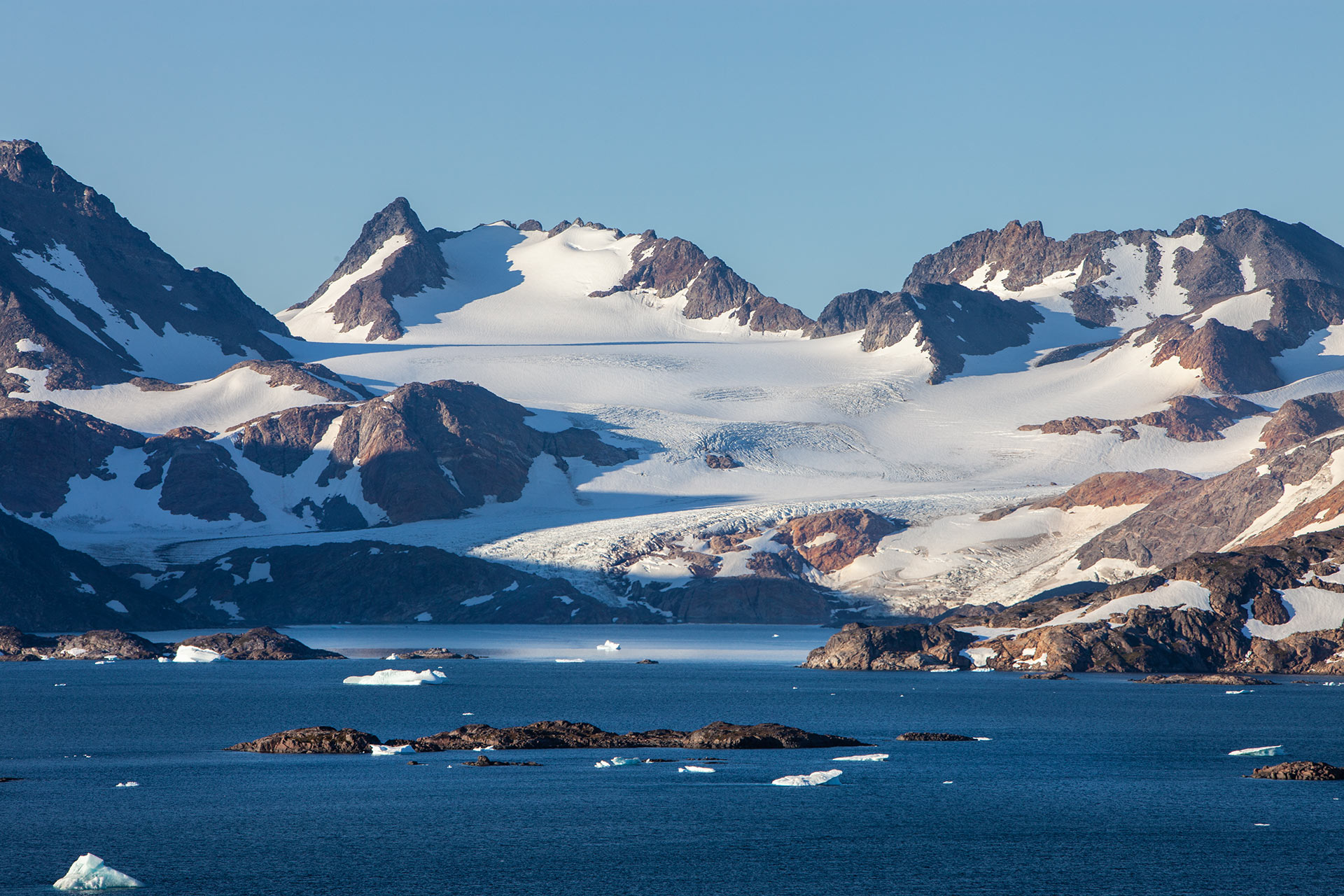
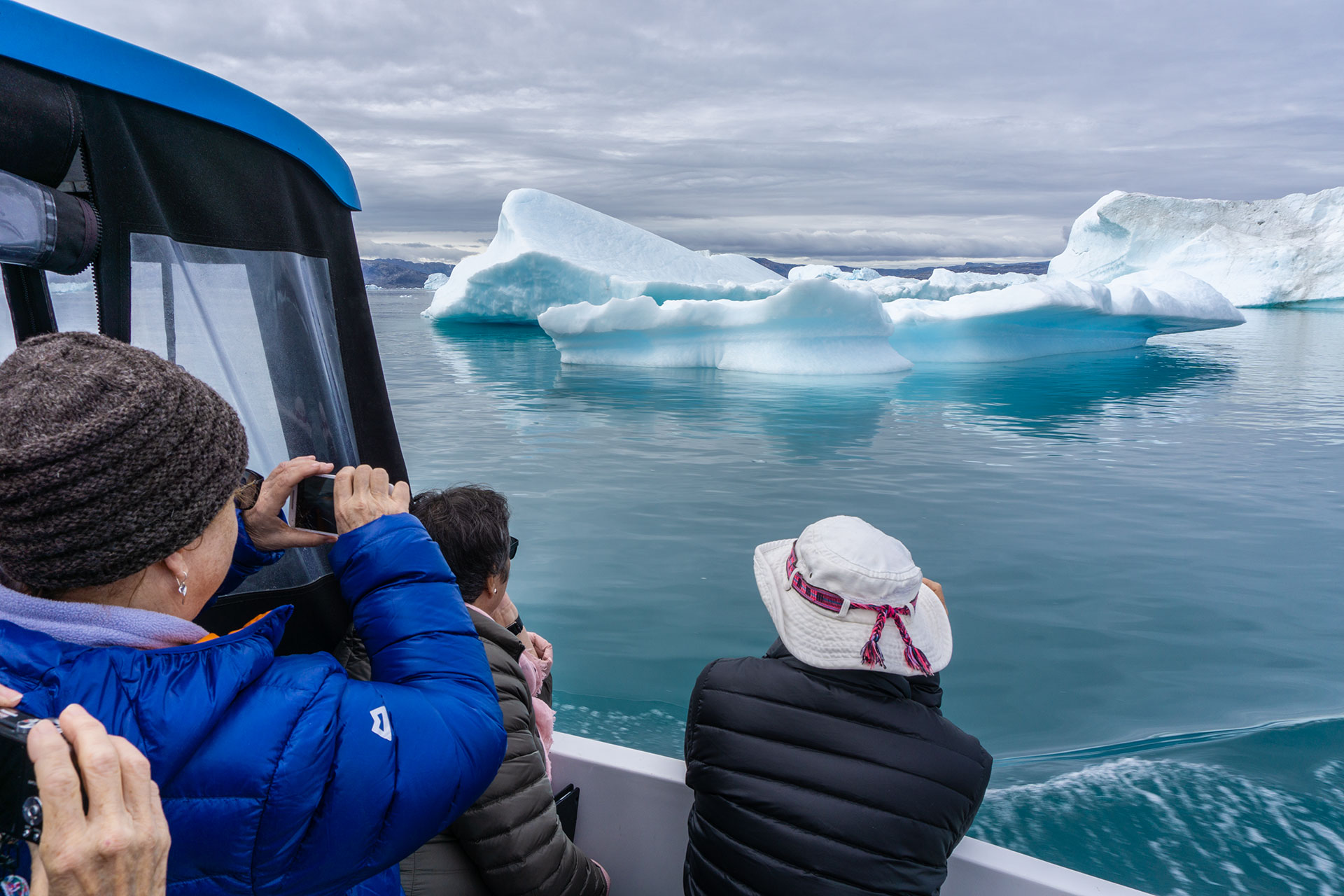
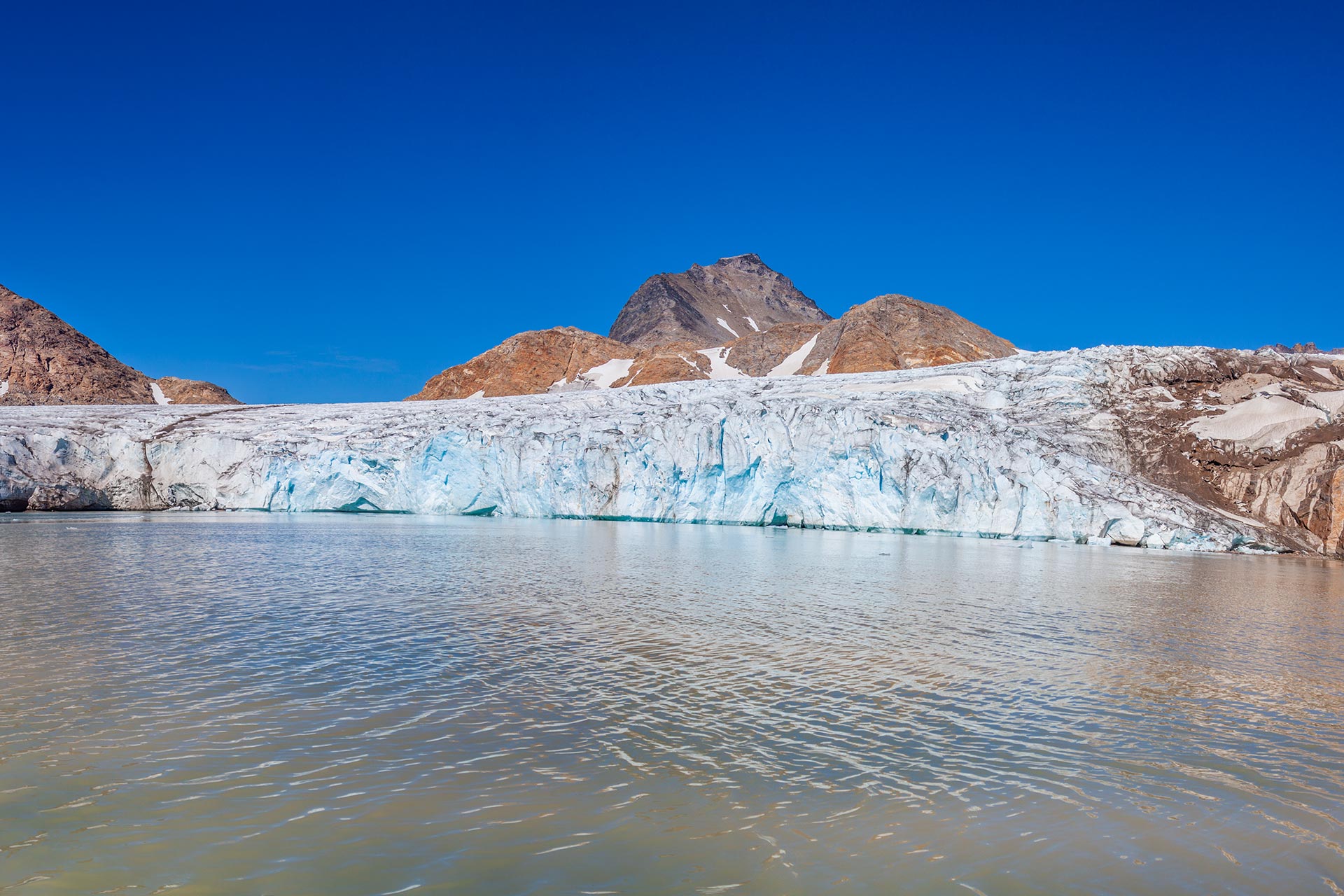
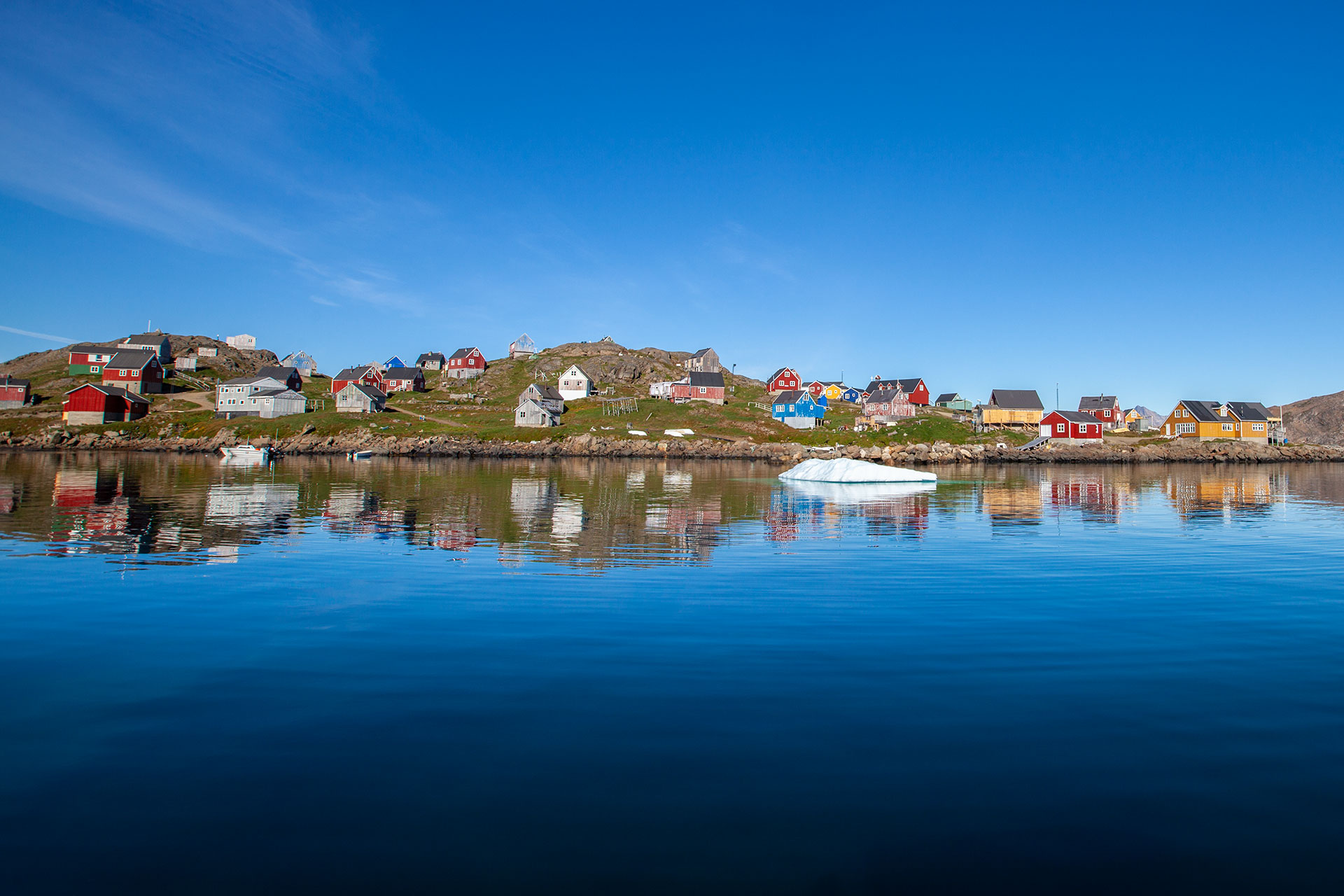
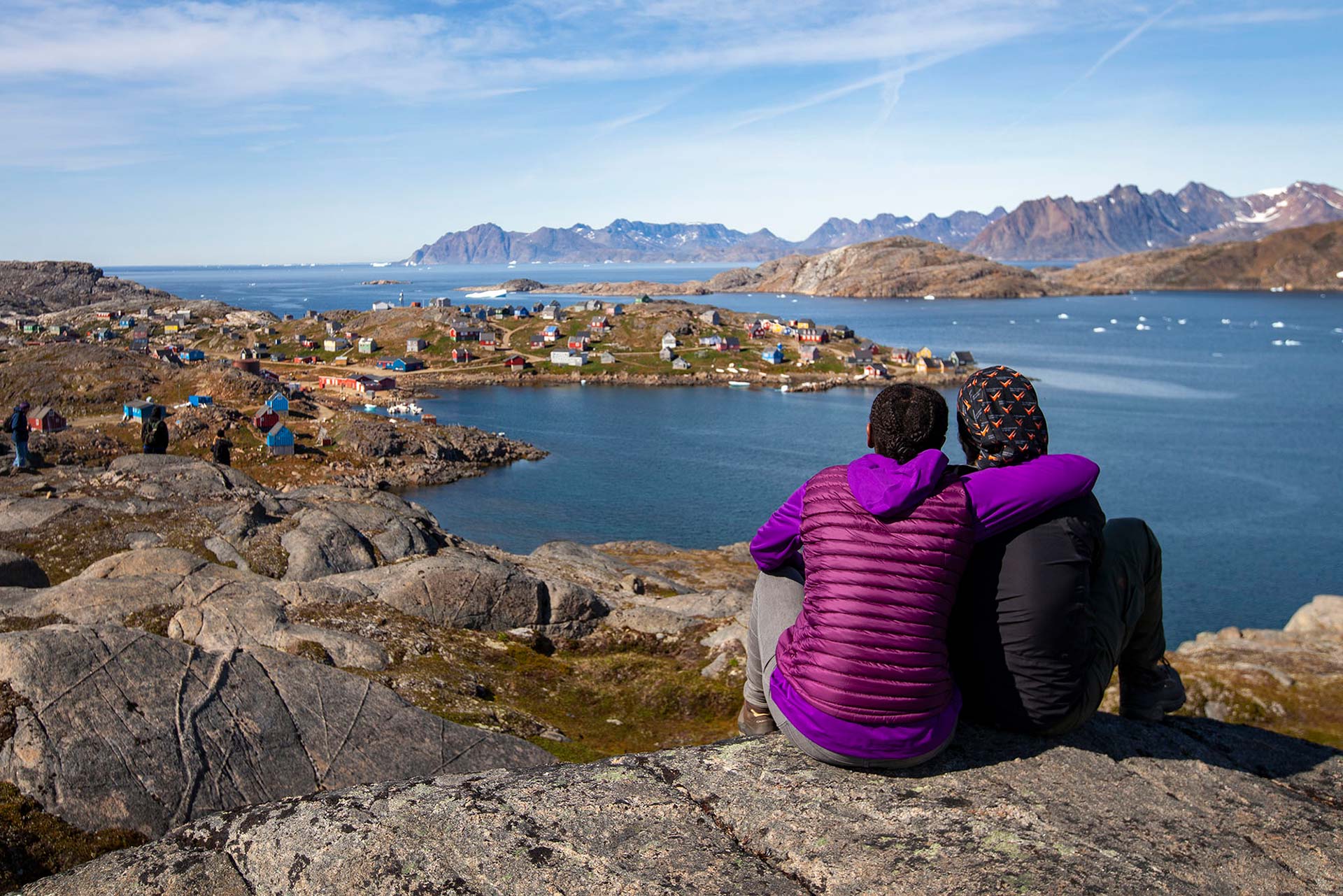
Tour type: Guided discovery tour in a Inuit village in Greenland
Difficulty: Difficulty:
Price from: Price from:
Adult: 213486
- JAN
- FEB
- MAR
- APR
- MAY
- JUN
- JUL
- AUG
- SEP
- OCT
- NOV
- DEC
What's included: Included in tour: Flight to/from Reykjavik and Kulusuk. Guided village walk. Boat tour. One night in hotel. Half board.
Departures: Wednesdays in June, Wednesdays, Thursdays and Fridays in July and August.
Duration: 2 days
Meeting point: The tour starts and ends at the domestic airport in Reykjavík
Language: English
You bring: Bring good hiking shoes and warm clothes.
-
Tour Description
If you want a true otherworldly Greenlandic experience, the ideal place to fulfill your fantasies is Kulusuk in East Greenland. The peace and quiet, coupled with the beautifully unique nature and traditional attractions will take your breath away.
This two-day tour includes a guided village walk where you get an insight in the Inuit way of life in th small village of Kulusuk - and if we are lucky we will experience a drum dancing performance from one of the locals in the village. We will visit the beautiful church that is built of material from a shipwreck in the early 20th century and a tiny charming museum (optional) based on one woman’s passion to collect everything. After dinner you go on a beautiful boat ride in the surrounding fjords and nearby glacier.
After spending the night in this fascinating place you will have the chance to enjoy a beautiful morning hike before getting on your flight back to Iceland.
Included in tour: Return flights, hotel accommodation at Hotel Kulusuk (1), half board, guide in Kulusuk, village walk, boat excursion to the glacier next to Kulusuk, church visit and museum entrance fee.
Not Included: Lunch is served at the hotel at 12 o’clock and can be added when possible.
Departures: Wednesdays and Thursdays in June, Wednesdays, Thursdays and Fridays in July and August.
What to bring: This tour includes a 3 km walk and a boat ride on a semi-open boat. Wear good hiking shoes and warm clothes.
If you have more questions, please check our FAQs. If you do not find the answer please contact us: [email protected]
Thanks for your interest in this tour! However, we need to verify flight availability on your selected dates. Please indicate your preferred dates below and we'll contact you with verification within 48 hours.
-
Tour Itinerary
Day 1
After a late morning flight to Kulusuk over the ice-filled fjords and a briefing with your guide, you have a free afternoon in Kulusuk. We suggest taking a walk to the surrounding hills to take in the spectacular views of the surrounding peaks and waters. After dinner, your guide meets you again at the hotel lobby, now for a sunset sailing trip to the nearby glacier, Apusiaajik. We will sail between floating icebergs into small inlets of the mountainous Apusiaajik island where we explore the wilderness and historic remains of the Inuit culture. Back on the boat we sail to a fjord where the glacier is majestically calving ice into the sea. After the spectacular show, we sail back to the hotel. Duration 2 - 3 hours
Day 2
After breakfast and check-out your guide meets you to lead you on 3 hour village walk. This walk will give you a valuable insight into the local culture. We will visit the charming church and a small family run museum/collection and if we are lucky we will experience a demonstration of a traditional drum dance by one of the local people. A short boat trip to the hotel is optional, and a great way to meet the local hunters. The tour ends at the airport, in time for your return flight to Iceland. Duration 3 hours
-
Gear Lexicon
Discovery Adventure





 See what our customers have to say about us!
See what our customers have to say about us!





